
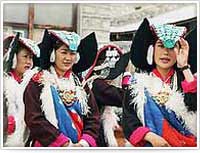
The Ladakhi population is predominantly Buddhist, similar to the religion and culture, of Tibet and Central Asia. Buddhism was propagated to Tibet from India through Ladakh. Even in muslim inhabited areas like Dras and Suru valley, there are Budhist rock engravings.
Contrary to its cold and harsh climate, the Ladakhis are warm and hospitable people. Julley, the all-encompassing magical word resonates in all forms of greetings – welcome, hello, thank you, good bye etc.
Polo is the chief sport, although it is played in a different manner, unique to the region. It is a rather rough, boisterous variant, played atop ponies. Archery, is another popular sport of Ladakh, with each village organizing its own contests.
The approach to Buddhist villages is usually marked by mani walls, (chest-high structures with engraved stones of the mantra – om mane padme hum), and chortens. In muslim villages, mani walls and chortens are replaced by mosques, or imambaras (muslim-styled imposing structures).
Women in Ladakh not only execute work in the house and fields, but also business. The culture of the people is greatly influenced by religion and throughout the year, Ladakhis are involved in monastic festivals. Monastic festivals are accompanied by the Chams (Mask dances), highly choreographed dances performed by Lamas (monks), to the music of the monastic orchestra.
One of the most important aspects of Ladakhi culture is the rich oral literature of songs and poems for each occasion. This is common to both Buddhists and Muslims.
Polyandry was practiced in Ladakh as in Tibet for centuries, but is now confined only to the remote areas.

Best of Leh - Kashmir
Duration : 17 N / 18 D
Routing : Srinagar - Gulmarg - Pahalgam - Sonmarg
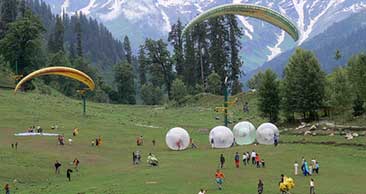
Best of Leh - Manali
Duration : 18 N / 19 D
Routing : Amritsar - Dharamshala - Manali - Sarchu

Glimpses of Leh - Ladakh
Duration : 9 N / 10 D
Routing : Leh - Lamayuru - Alchi – Likir
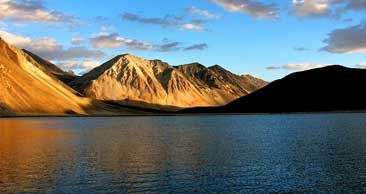
High Altitude Lake Tour
Duration : 9 N / 10 D
Routing : Leh - Uleytokpo - Pangong Lake
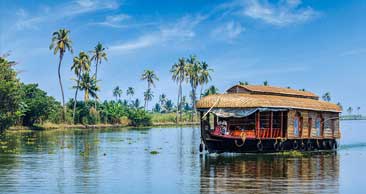
Kerala with Ladakh
Duration : 20 N / 21 D
Routing : Cochin - Munnar - Periyar - Kumarakom
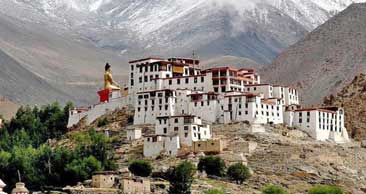
Ladakh Cultural Tour
Duration : 8 N / 9 D
Routing : Leh Monasteries - Lamayuru - Alchi

Ladakh with Golden Triangle
Duration : 17 N / 18 D
Routing : Delhi - Jaipur - Agra - Delhi – Leh - Lamayuru

Ladakh - Kashmir Tour
Duration : 11 N / 12 D
Routing : Delhi - Leh - Pangong Lake - Leh - Alchi
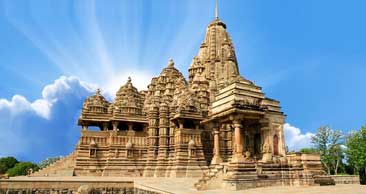
Ladakh with Classical India
Duration : 21 N / 22 D
Routing : Delhi - Jaipur - Agra - Jhansi - Khajuraho
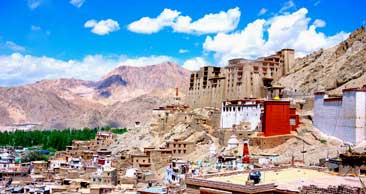
Ladakh with Taj
Duration : 16 N / 17 D
Routing : Delhi - Agra - Leh Monasteries - Lamayuru